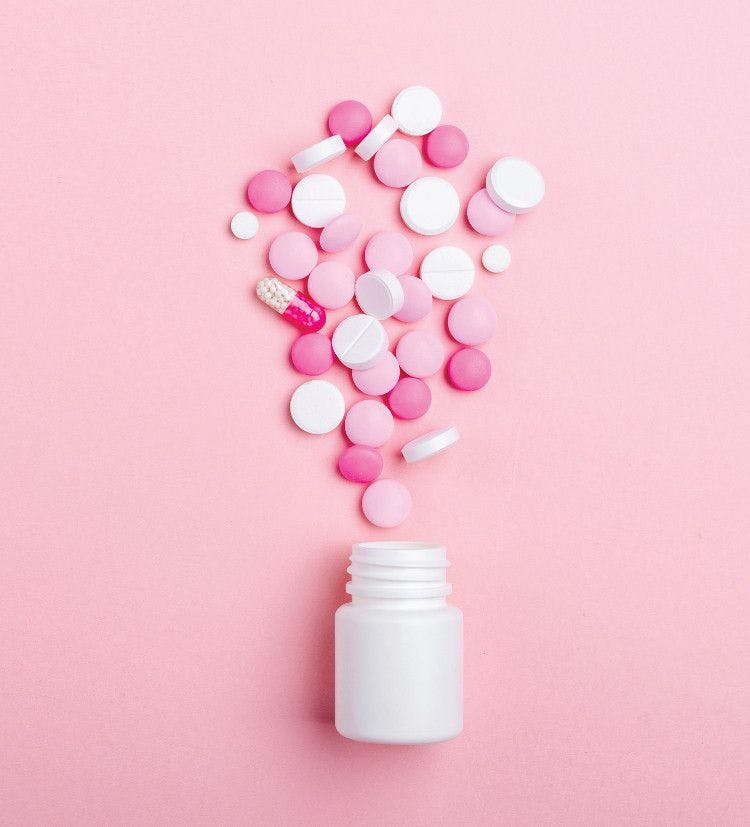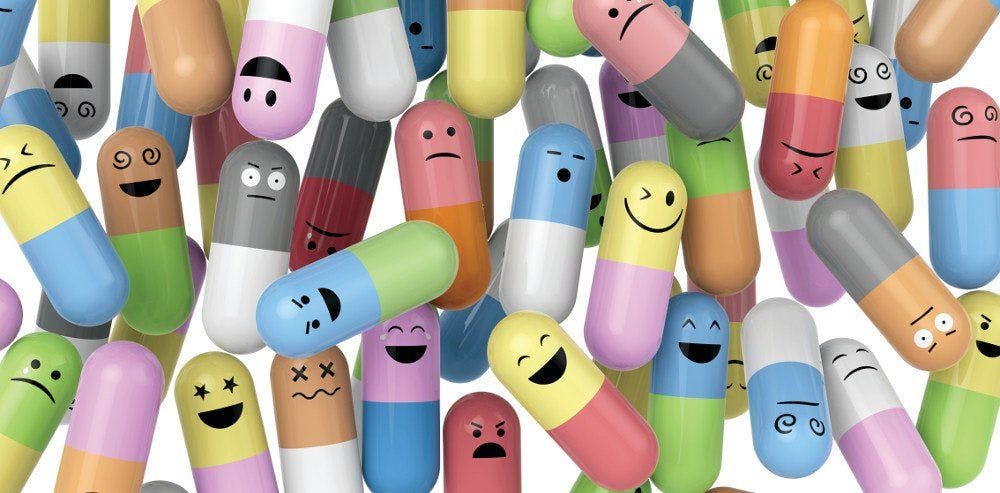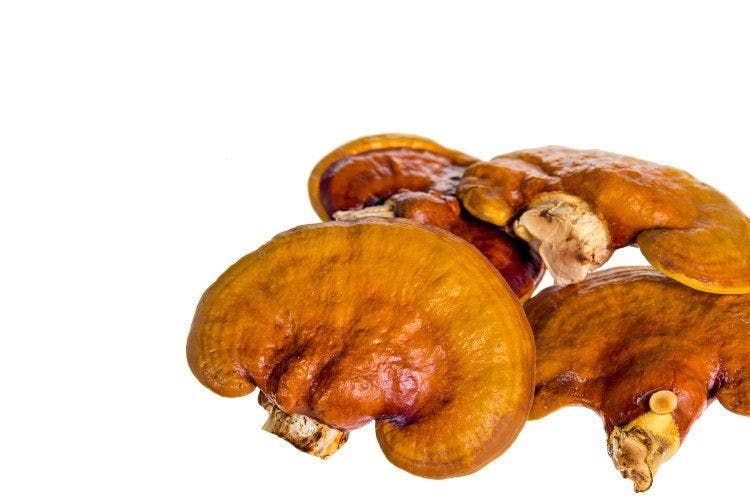How hard is it to formulate CBD in food and drinks?
From insolubility to low bioavailability, CBD is a challenging ingredient to work with.
Photo © AdobeStock.com/MysteryShot
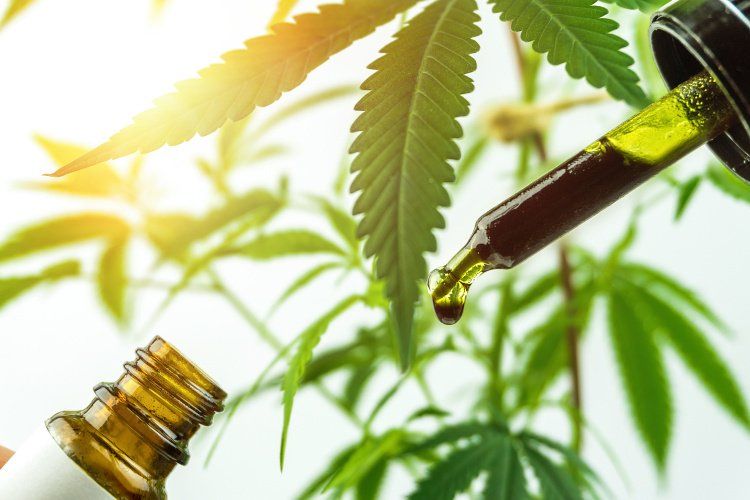
Formulating a functional food or beverage with cannabidiol (CBD) takes a bit of a masochistic streak.
Sure, there’s gold to be mined in the hemp-derived CBD products market, a market that cannabis-industry analysts at the Brightfield Group predict will be worth $22 billion by 2022.1 And sure, a bumper crop of research is investigating the extent to which benefits ranging from pain relief to clearer skin may be attributable to this cannabinoid-a non-psychoactive cousin of tetrahydrocannabinol (THC) occurring naturally in cannabis plants like hemp and marijuana.
But even setting aside the regulatory uncertainty that still hovers over CBD-hemp cultivation may now be legal, but FDA doesn’t yet know how it will oversee the plant’s constituent cannabinoids-CBD is, quite simply, a tricky substance to work with.
“It’s a very inefficient molecule,” says Mark Coffie, chief business development officer, Ananda Scientific (Greenwood Village, CO). “It’s a very inefficient molecule to extract, and it’s an inefficient molecule to get into the body.”
Same goes for getting it into food and beverage systems. But brands can’t afford to ignore CBD, so it comes as some relief-though little surprise-that CBD processors are developing clever technologies for delivering it to consumers who crave it, in products they’ll crave.
Titrated Optimism
The excitement around CBD is inescapable. But, says Jesse Lopez, president and CEO, Geocann (Fort Collins, CO), “CBD is just one of more than 80 to 100 cannabinoids that deliver a range of health benefits. Clinical trials are underway, with more starting each day, to explore the range of health benefits cannabinoids may deliver, and this goes well beyond a single cannabinoid.”
The heightened interest in CBD owes to evidence of its potential anti-seizure, analgesic, neuroprotective, anxiolytic, antidepressant, antipsychotic, antioxidant, and anti-inflammatory properties-just to list the entries in the “A” section.
But prudence remains in order, warns David Chadwick, CEO, Leading Edge Pharms (Henderson, NV), for the same body of research responsible for the hope also hints that “while CBD is generally well tolerated and considered safe, it may cause adverse reactions in some people.” Because CBD can also interact with some medications, he advises consumers to speak with their physicians before including CBD-containing foods, drinks, or supplements in their routines.
Tally of Challenges
It certainly can’t hurt; as Lopez points out, “Even with the recent explosion of CBD products hitting the marketplace, we’re still the infancy of this ingredient and its plant source.”
And that matters not just to consumers and their doctors, but to product developers, too. Lopez emphasizes that CBD “is a relatively new ingredient with a learning curve for formulators, who have to manage both formulation stability and ingredient stability over time relative to oxidation and CBD potency.” Squaring that circle is a work in progress.
The first hurdle involves getting your hands on a consistent starting material. “Once you achieve a consistent starting CBD material,” Lopez says, “then palatability is a challenge, especially at the higher per-serving doses consumers seek.”
Coffie adds that CBD is “truly insoluble in water, lacks absorption when taken orally, is a variably stable and very sensitive molecule, and-the ultimate piece of the puzzle-displays low bioavailability. All those factors hamper development of products containing it.”
Beverages, he says, are “the toughest nuts to crack.”
Chadwick agrees, noting that the main culprit is solubility. Key is keeping the CBD soluble in the beverage so it doesn’t settle out as sediment, he explains. “Further, the CBD must be completely soluble or opacity will result, making the beverage less attractive to the consumer. And there’s always a concern for CBD to influence the color, taste, and texture of the beverage.”
Though formulating CBD into food is more straightforward, it’s hardly trouble-free ether: “Solubility may be less an issue in foods than in beverages,” Chadwick continues, “but taste and color may still influence the final product.”
Form Forecasts Function
Wisely, suppliers are creating CBD ingredients that tackle some of these challenges.
One option is CBD isolate, which Chadwick says is pure CBD; meanwhile, full-spectrum and broad-spectrum CBD extracts exhibit “varying degrees of concentration and composition,” he says. Full-spectrum extracts are unfiltered and include all cannabinoids and terpenes; in broad-spectrum products, the THC and/or other specific cannabinoids have been removed. “The higher the concentration of CBD in the CBD extract oil, the lighter the color,” Chadwick notes. “This is an advantage since it won’t influence the final color of products as much as a darker CBD oil will.”
So which to use where? Pure CBD is appealing for its lack of color or taste-and “one knows the exact composition of the ingredient,” Chadwick says. But its poor solubility confounds formulation, so many turn to the solubility and stability of CBD oil at about 85% purity for some skincare, food, and drink applications, rather than to 99.9%-pure CBD crystal isolate, he says.
And while dissolving pure CBD in an oil carrier has been a game-changer in improving the compound’s formulation compatibility, “again, that can influence the taste and color of the finished food or beverage,” Chadwick concludes. “So it can be a tradeoff depending on the product.”
Of Tradeoffs and Test Results
Having to trade sensory qualities for solubility or stability-to say nothing of bioactive potency-leaves formulators in a bind. “Simply put,” Lopez observes, “if the product doesn’t taste good, consumers won’t buy it a second time. They also want to know it works and that they’re getting the CBD benefits they seek.”
Alas, he believes the category’s development has been stymied by what he calls “poor quality and inconsistent products that fall short of even meeting label claims for potency. Reports of product testing from FDA and others has caused a ‘buyer-beware’ mentality with consumers.”
Indeed, heat treatments as mild as baking can destabilize CBD, compromising its bioavailability and subsequent therapeutic benefits, Chadwick says. “And keeping a food or drink in direct sunlight may cause issues like degradation of potency, color change, taste influences, and more.”
No wonder analyses are coming back spotty, with some off-the-shelf products testing as mislabeled due to diminished active levels. “Never before has FDA been post-testing product in the nutraceutical space as much as they’re doing now in the cannabinoid/CBD space,” Coffie says. “Most CBD molecules today have a six-week to six-month shelf life depending on processing and development, so a beverage could have half the 10 mg that was there on the day it was bottled.”
In other words, we have a lot to learn. But the industry remains bullish. Just ask Lopez. “It’s exciting to consider the possibilities for formulating CBD for improved performance and an even broader range of safe and effective applications that meet consumer preferences,” he says. “It’s clear that cannabinoids will play a role in health consumers’ daily regimens, from morning coffee and personal care to condition-specific formulations.” If we those formulations can deliver on all fronts, we’ll all be better off for it.
Read on to learn how CBD suppliers are eliminating hurdles to successful food and beverage formulation.
Reference:
- Garber-Paul E. “Exclusive: New Report Predicts CBD Market Will Hit $22 Billion by 2022.” Rolling Stone. Published September 11, 2018. Accessed at: https://www.rollingstone.com/culture/culture-news/new-study-cbd-market-22-billion-2022-722852/
Photo from Leading Edge Pharms Inc.
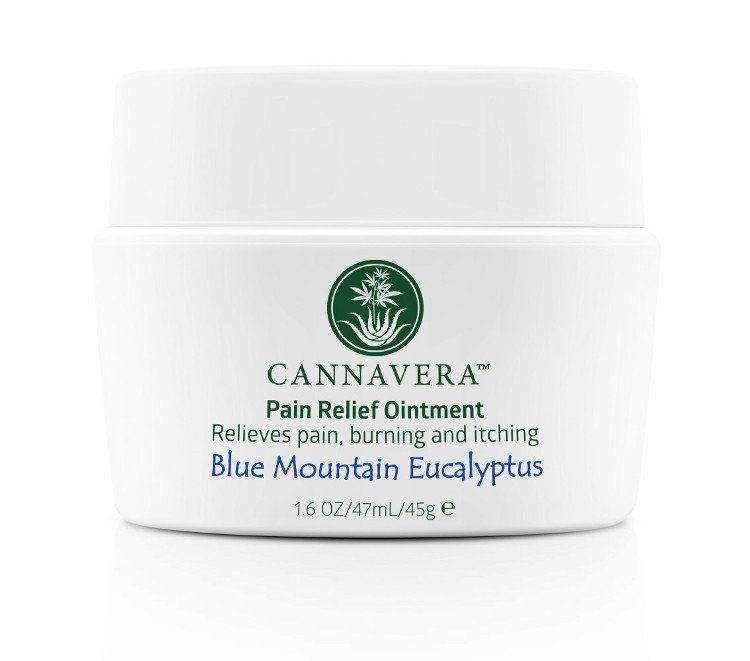
Ultrasonication
Beverage formulation has been a consistent headache for product developers in the CBD space. But Chadwick and the team at Leading Edge Pharms think they’ve cooked up a workaround.
Called ultrasonication, the technology uses high-frequency sound waves to reduce CBD particle size to the nanometer range, improving solubility and stability in beverages. “At 20 nm, the CBD particle becomes pellucid,” Chadwick says. In fact, he believes the technology is the best way to improve stability, maintain batch-to-batch consistency, and not influence taste.
The company’s applied ultrasonication to nano-liposomal CBD as well as to a unique strain of Aloe vera called Silvidiol in skincare products. “We’ve shown that the Silvidiol is carried to the appropriate depths of the skin for optimal efficacy for relief of inflammation and pain,” Chadwick says.
They’ve also put it to work in Cannavin, a proprietary process for infusing wine with CBD. “Cannavin addresses the issues of precision measurement and CBD molecule stability in a production ethanol environment,” he says.
Photo © iStockphoto.com/spanteldotru
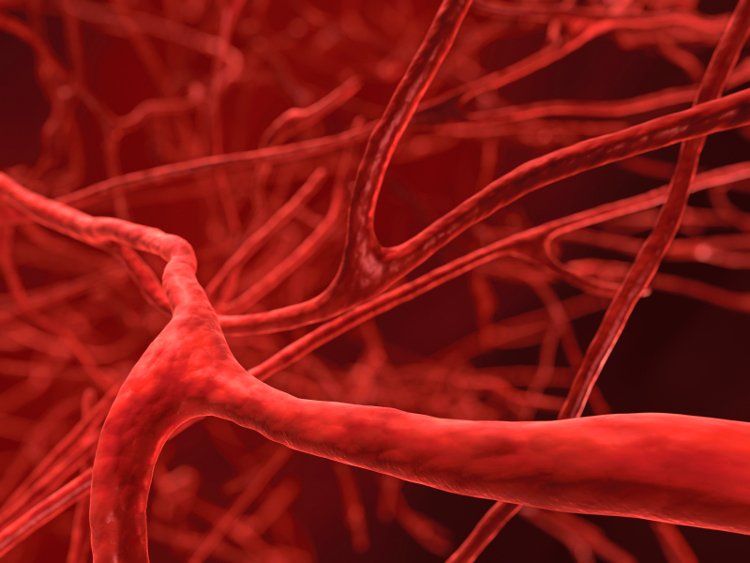
VESIsorb
A signal drawback of CBD is its limited oral bioavailability-a product of its lipophilicity and extensive first-pass metabolism, which significantly reduces the cannabinoid’s concentration before it even reaches systemic circulation. And, Lopez adds, “CBD is known for its high intra- and inter-subject absorption variability in humans.”
Making matters foggier, Lopez continues, “There have been very few studies about CBD’s pharmacokinetic, or PK, performance, and even fewer peer-reviewed published studies that demonstrate which delivery technologies are fast-acting, achieve much higher blood levels, and can deliver significantly improved bioavailability.”
Lopez claims his company’s VESIsorb delivery system makes formulation easier and CBD’s PK performance in the body better.
The system is a self-emulsifying drug-delivery formulation technology, or SEDDS, developed by Vesifact AG (Baar, Switzerland), and Lopez notes that peer-reviewed and published research as well as proof-of-concept pilot tests show that it increases oral bioavailability of lipophilic molecules like CBD.
Geocann has used it to incorporate CBD, other cannabinoids, and terpenes into everything from softgels, functional drinks, and edibles to sprays, tinctures, and topicals. Lopez says that users appreciate the bioavailability, shelf life, higher active loading, sensory improvement, and stability-both of the CBD itself and of the finished product-the system provides.
Photo © AdobeStock.com/contentdealer
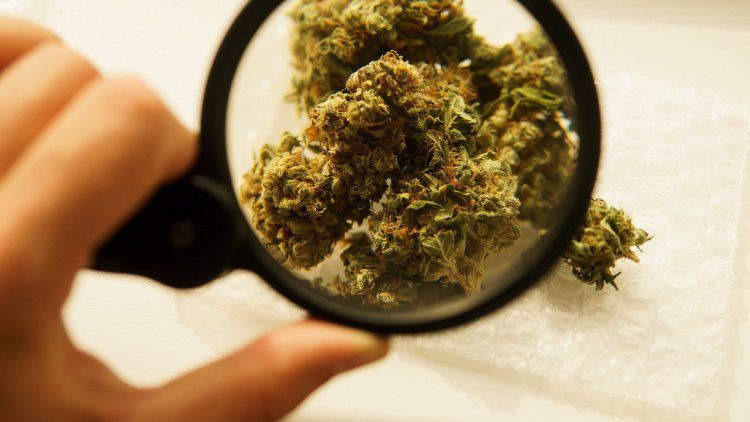
Structured-Liquid Vehicle
Yes, food and beverage formulators want to ensure their products deliver a potent, bioavailable dose of CBD with the pharmacokinetic wherewithal to improve consumers’ health. But, says Coffie, they also care about more bread-and-butter formulation issues.
“They look for shelf life, bacteriostatic properties, and a stable, water-soluble ingredient,” he says. “And they’re looking for a homogeneous product that’s never going to break out of uniform.”
His company’s “structured-liquid vehicle” for CBD checks all those boxes, permitting CBD to remain shelf stable for more than two years at various temperature ranges, he claims. He describes the vehicle as being like a 15-nanometer “breadbasket” that they can load with a number-and variety-of molecular loaves: up to 13 CBD molecules, for example, or even 10 CBD molecules and three curcumin molecules.
Photo © AdobeStock.com/Elroi
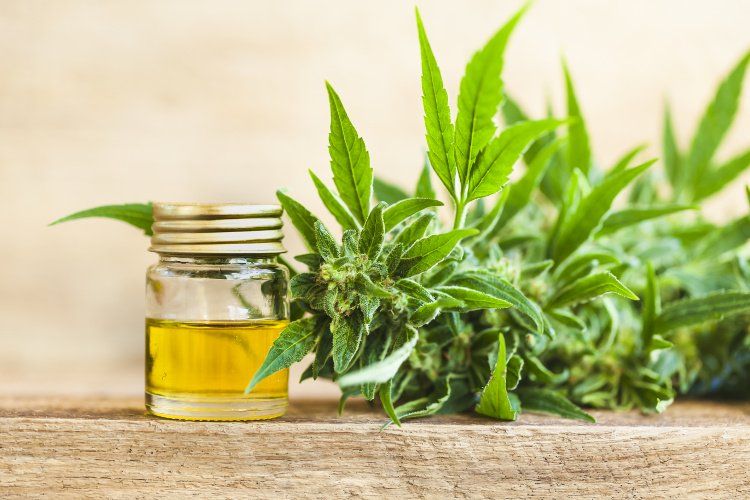
Extraction Always Matters
No matter the delivery vehicle or ingredient technology, how CBD is extracted invariably influences how it behaves.
“Extraction and processing are critically important to CBD formulations as they’re essential to producing consistent and reliable starting CBD material,” Lopez says. “The goal is to extract the valuable cannabinoids and terpenes, like CBD and BCP”-beta-caryophyllene-“while removing unwanted constituents like waxes and fatty acids from the natural hemp biomass.” Also critical: safely removing pesticides, heavy metals, and other contaminants.
Chadwick considers the use of supercritical fluid CO2 the “most attractive” method for extracting CBD. Why? “It leaves no residual organic solvents and is a ‘greener’ process,” he says. “It’s is also very efficient in extracting the lipophilic components of the plant.”
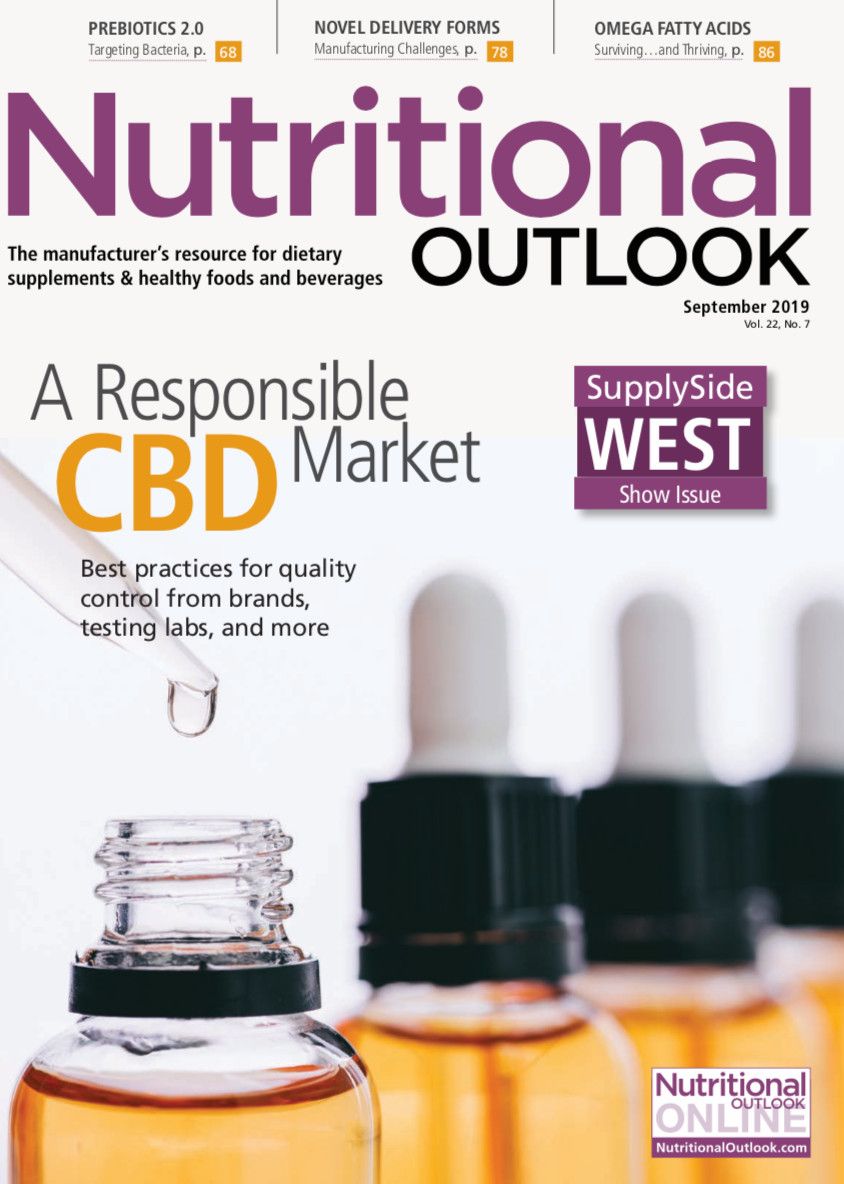
Prinova acquires Aplinova to further increase its footprint in Latin America
April 7th 2025Prinova has recently announced the acquisition of Brazilian ingredients distributor Aplinova, which is a provider of specialty ingredients for a range of market segments that include food, beverage, supplements, and personal care.





